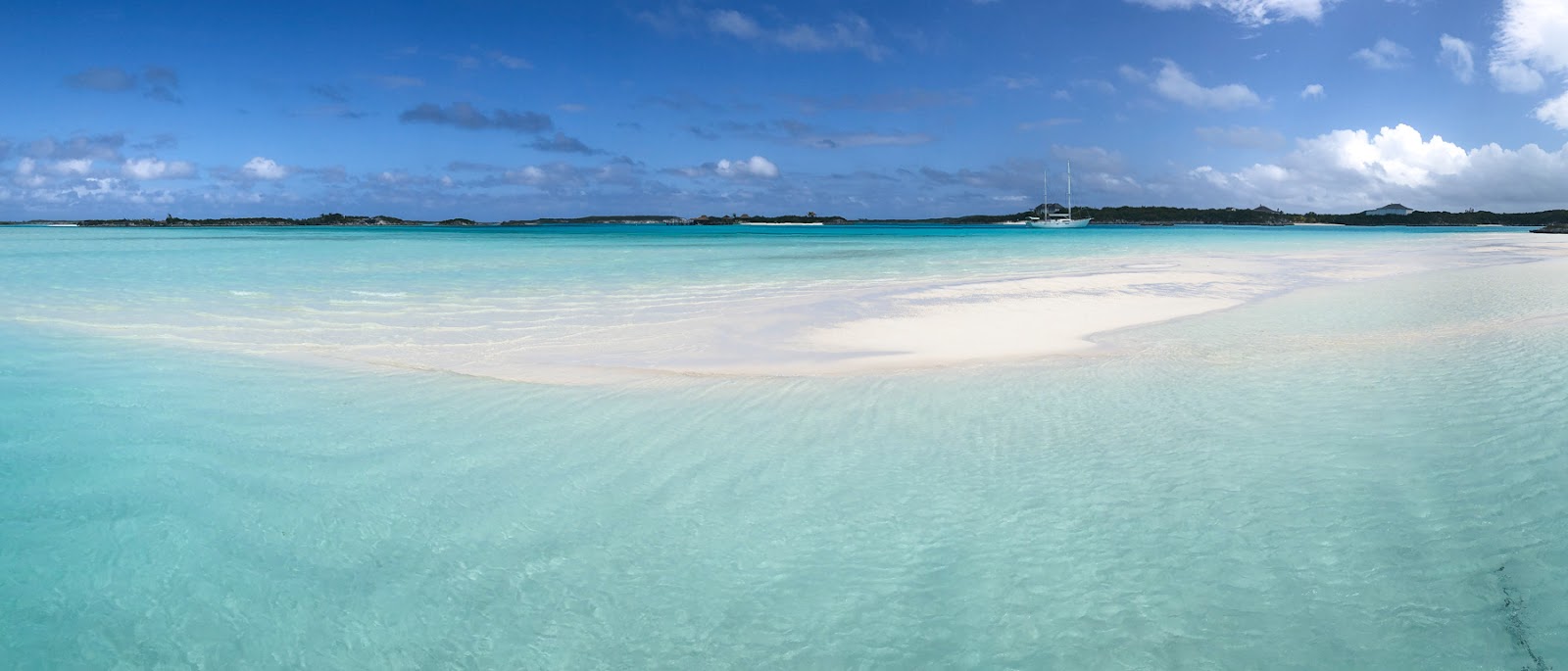What is a shoal?
A shoal is a submerged or partially-submerged long and narrow ridge, normally of sand, that form in rivers and oceans. Shoals tend to be partially or completely underwater during high tides and above water during low tides.

Where do shoals form?
The landform occurs when an ocean current, stream, or river facilitates the deposition of granular material and sediment leading to localized shallowing of the water. The occasional sea rise may result in the in-place submerging of barrier islands leading to the formation of shoals as well as the submergence and erosion of inactive delta lobes. Shoals can form as fluvial landforms in lakes, rivers, and streams or as an ocean bank in the sea. A shoal-sandbar can episodically detach a smaller waterbody from the sea such as brackish water estuaries and marine lagoons.
How do shoals form?
As surface waves approach shallow water, they slow down, and the distance between them reduces while their wave height increases. This process is termed as wave shoaling. The waves may strengthen to the mark where they break, or they may fail to break at all depending on the steepness of the beach's slope or how large they were to start with. Waves particularly shoal as they go over submerged reefs or sandbanks can be dangerous for ships and boats. Shoaling can diffract waves, so they change direction. Refraction can also happen if the waves approach a beach at an angle to the beach or if it slopes more slowly at one edge than the other.
What is the composition of shoals?
Shoals commonly consist of sand, but they could be composed of any other granular material that the moving current meets on its way and can haul around including gravel, shingle, boulders, silt, cobble, and soil. The material's grain size and its availability are important factors in the formation of a shoal.
What are some types of shoals?
Sandbars occur where the waves are breaking since the breaking waves make a shoreward current and a counter-current along the bottom. This process can also take place on the seaward of a trough. Sand hauled by the offshore flowing bottom current is placed at the juncture where the current arrives at the wave break.

A river bar is a sedimentary present at a river mouth or the entrance of a harbor. This landform can result from the action of waves on up-current beaches or the seafloor or by the deposition of freshwater sediment. Where the bed and suspended loads of a river are big enough, or the beaches are highly mobile, deposition can create a sandbar that blocks a river mouth entirely and damming the river.
Logging Tasks:
-
Using your observations at the GZ, does the shoal seem to block the mouth of the estuary? Estimate the size of this shoal.
-
What type of shoal is this classified as?
-
Use your observations at the GZ and the site https://tidesandcurrents.noaa.gov/noaatidepredictions.html?id=8535835 for tide predictions for Wildwood. Was your visit near high tide or low tide? How does this affect the appearance of the shoal?
-
As of June 2019, earthcaches are now allowed to have a required photo logging task. Please provide a photo of yourself, your GPSr, or a personal item that proves that you have visited this site. Please post this in your log.
Congrats to MusicAthleteJB for the FTF!
Enjoyed finding this EarthCache? Consider awarding it a favorite point!
Sources:
https://www.britannica.com/science/shoal
https://www.worldatlas.com/articles/what-is-a-shoal.html
https://www.britannica.com/science/sandbar
| We have earned GSA's highest level: |
 |

